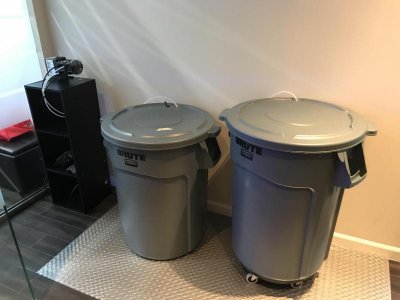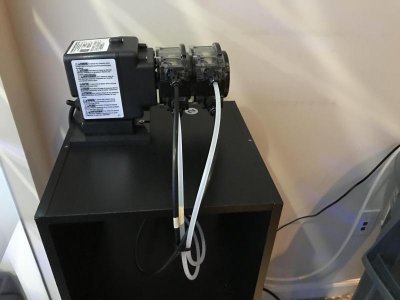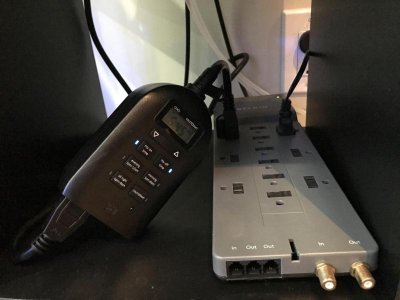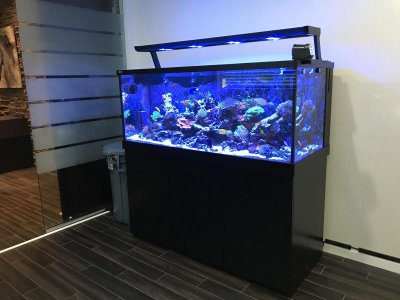Another question..
I have setup this avast marine magnetic probe holder such that it will hold the new salt water in and out as seen in the pictures below. Can someone help give me some opinions on good or bad with this? The NSW will drop into the lower portion of the sump while the old saltwater will be removed right “upstream”. There is no way the new water can ever go backwards towards the uptake tube. I’m not sure if you can tell, but I have the uptake tube is probably 1/4inch below the surface. I have my 170dmp5 arriving this weekend.. Excited!!


I have setup this avast marine magnetic probe holder such that it will hold the new salt water in and out as seen in the pictures below. Can someone help give me some opinions on good or bad with this? The NSW will drop into the lower portion of the sump while the old saltwater will be removed right “upstream”. There is no way the new water can ever go backwards towards the uptake tube. I’m not sure if you can tell, but I have the uptake tube is probably 1/4inch below the surface. I have my 170dmp5 arriving this weekend.. Excited!!




